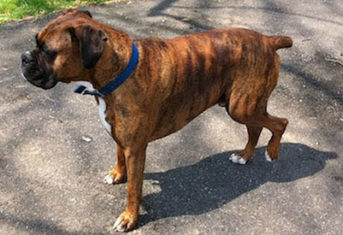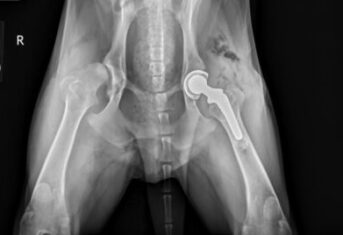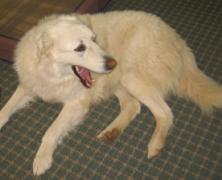How to Monitor Your Dog After TPLO Surgery
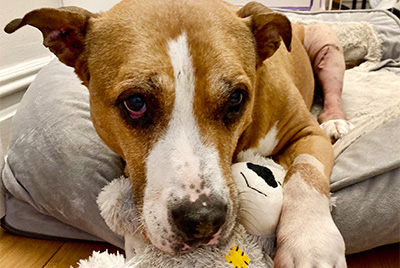
How to Monitor Your Dog After TPLO Surgery
An important part of AMC’s mission is creating new knowledge. Our veterinarians advance the care and treatment of companion animals by conducting innovative clinical research and publishing their results in veterinary journals.
This blogpost highlights research by AMC’s Surgery Department on one of our most common surgical procedures: the repair of torn cruciate ligaments. A recent research focused blogpost highlighted AMC’s Emergency Room Fast Track service and how it has inspired Fast Track services in other veterinary hospitals throughout the country.
Repair of cruciate ligaments
Dogs have both a cranial and caudal cruciate ligament. These ligaments form the attachment between the thighbone and the shin bone. The cranial ligament frequently undergoes degeneration and tears, leaving the affected dog with a painful knee and a limp. Several different procedures have been developed to repair cruciate ligaments using special metal plates to replace the function of the torn ligament. AMC surgeons’ go to method of cruciate ligament repair is the tibial plateau leveling osteotomy or TPLO which I have described in a previous blogpost.
Studying nearly 5,000 TPLOs
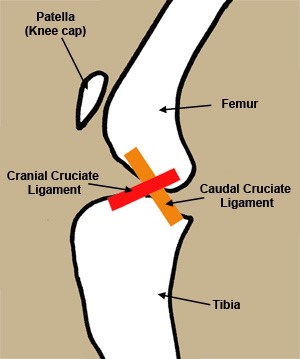
AMC surgery resident, Dr. Renee McDougall, now also a board-certified veterinary surgeon, collaborated with AMC Senior Veterinarians Drs. Daniel Spector and Robert Hart to study infections following TPLO surgery. Their manuscript entitled, “Timing of and risk factors for deep surgical site infection requiring implant removal following canine tibial plateau leveling osteotomy” was published in Veterinary Surgery.
This study utilized a methodology known as a case-control study. The cases were the 144 dogs developing an infection requiring removal of their TPLO plates. The 289 controls were selected from all 4,813 dogs undergoing TPLO surgery. The controls did not have an infection, nor were their plates removed. Drs. McDougall, Spector and Hart used statistical analysis to draw conclusions about the differences between cases and controls.
This study helps dogdom
First, the need to remove the TPLO plate was rare, requiring plate removal in only 144 of 4,813 dogs or 3% of all dogs. The large number of dogs used to determine the risk of plate removal makes this very reliable data. If your dog needs a TPLO, you don’t need to worry much about the possibility of a second surgery for plate removal.
Second, the study identified an increased risk of infection and TPLO plate removal in male dogs and German Shepherd dogs. The risk of infection leading to TPLO plate removal for German Shepherds was seven times that of other dogs and the German Shepherds in the study needed their TPLO plate removed earlier, about 10 months after surgery compared to 30 months for other dogs.
Research results guide canine care
If your dog has had a TPLO and develops any of these clinical signs, see your veterinarian immediately:
- A limp on the repaired leg
- Acute pain in the knee of the repaired leg
- Oozing from or opening of the incision months after surgery
Early treatment of infection may prevent TPLO plate removal. Pay extra special attention if your dog is male or a German Shepherd!































